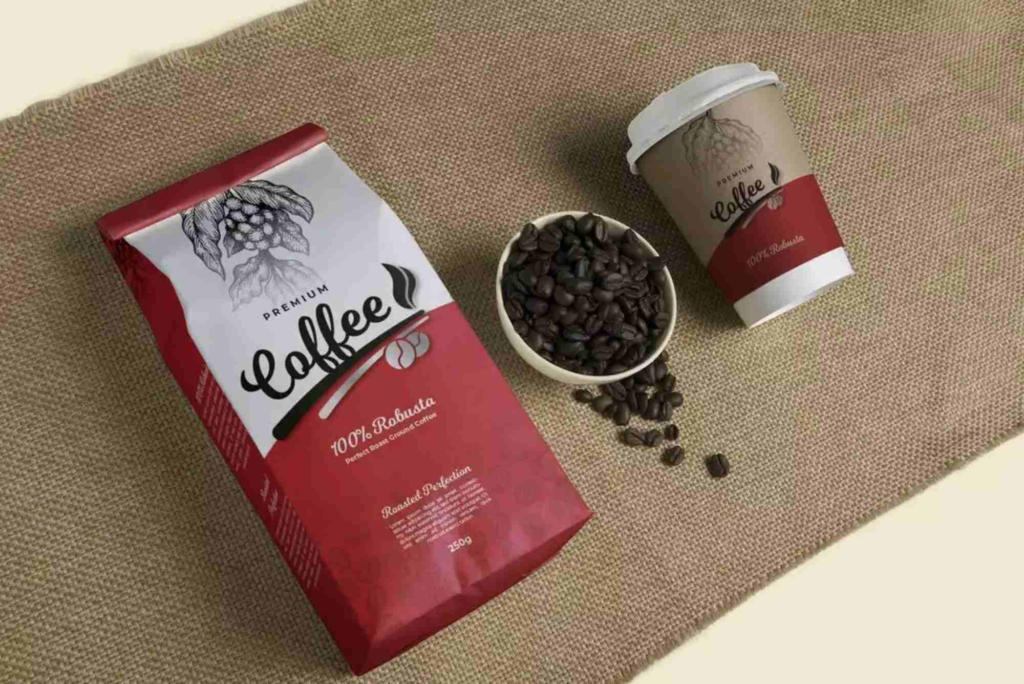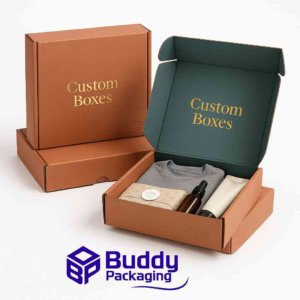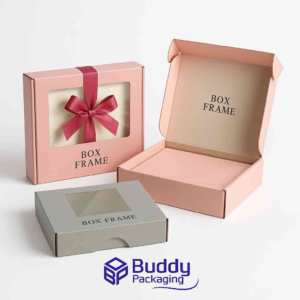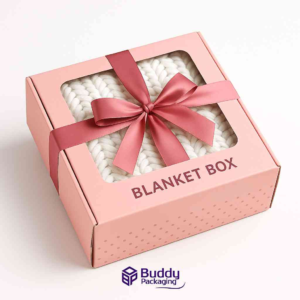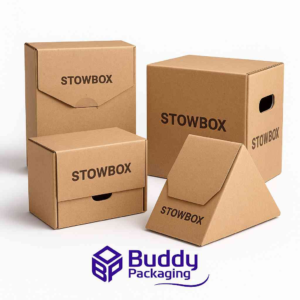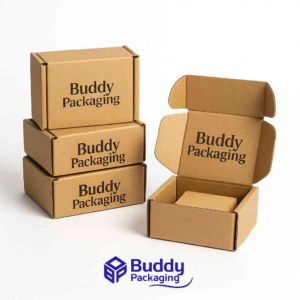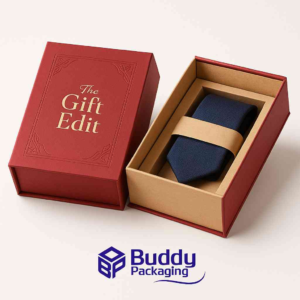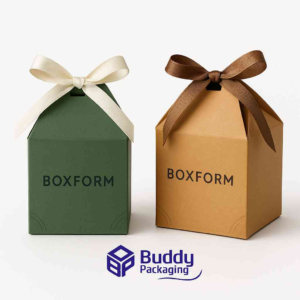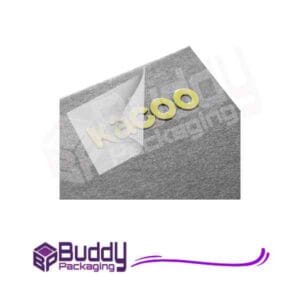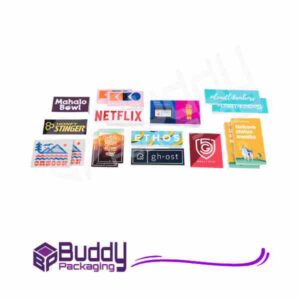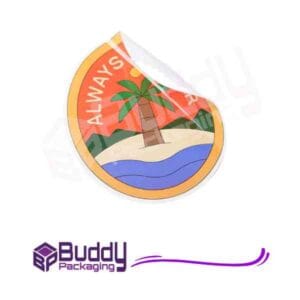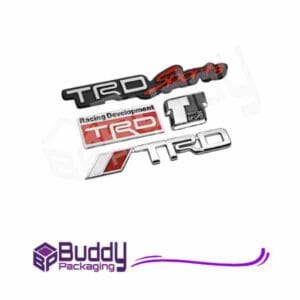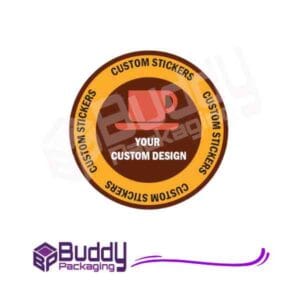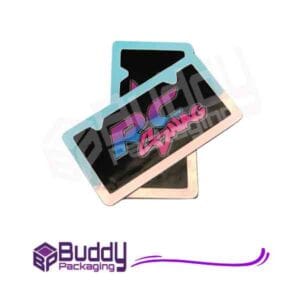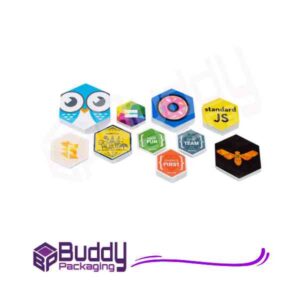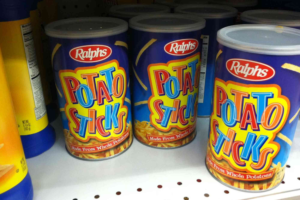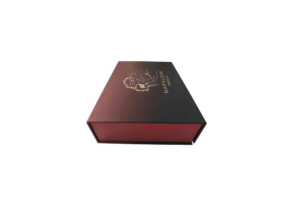Coffee Packaging Design: A Complete Guide
Coffee packaging design plays a vital role in shaping how customers perceive your brand. With coffee being one of the most consumed beverages worldwide, businesses must create packaging that not only protects freshness but also communicates brand identity. The right design can make a coffee bag stand out on shelves, attract loyal customers, and build long-term trust. In this guide, we’ll explore everything you need to know about coffee packaging design, including its importance, trends, branding tips, sustainability, and common FAQs.
Why Coffee Packaging Design Matters
Coffee packaging is more than just a container. It preserves the aroma, extends shelf life, and protects beans from moisture, oxygen, and sunlight. Beyond functionality, design serves as a storytelling tool. In competitive markets, consumers often choose coffee based on the appeal of its packaging. A strong coffee packaging design reflects authenticity, premium quality, and brand values.
First Impressions Drive Sales
When customers browse shelves or online stores, the packaging is often the first interaction with your brand. A bold design, appealing typography, and clear details about origin and roast level help coffee stand out.
Branding and Customer Trust
Consistent packaging builds recognition. From logo placement to colour palettes, design elements reinforce your brand. High-quality finishes also suggest that what’s inside is just as premium.
Functional Importance
Practical packaging matters as much as aesthetics. Resealable zippers, one-way degassing valves, and eco-friendly materials enhance customer experience while maintaining freshness.
Key Elements of Effective Coffee Packaging Design
Logo and Brand Story
Every coffee brand should use its packaging to tell a story. A well-designed logo, along with short narratives about sourcing or roasting methods, creates an emotional connection.
Typography and Colour
Fonts influence perception. Clean, bold typography conveys modernity, while script fonts suggest artisanal traditions. Colour psychology also plays a role: earthy tones imply organic sourcing, while bright shades suggest energy and boldness.
Imagery and Graphics
Illustrations of coffee beans, farms, or cultural elements add authenticity. Minimalist graphics work well for premium brands, while bold patterns appeal to younger demographics.
Packaging Materials
The choice of materials influences both appearance and sustainability. Kraft paper suggests eco-consciousness, while matte finishes add a modern touch. Many brands are shifting to compostable or recyclable options to align with customer values.
Coffee Packaging Trends in 2025
Modern coffee packaging design is shaped by innovation and customer expectations. Brands that embrace new trends remain competitive and memorable.
Sustainable Packaging
Eco-friendly materials are in high demand. Compostable bags, biodegradable films, and recyclable paper are replacing plastic-heavy designs. Customers value brands that reduce their environmental footprint.
Minimalist Design
Simplicity sells. Clean layouts, limited colour palettes, and minimal text allow products to stand out without overwhelming buyers. This trend resonates with modern and premium coffee brands.
Interactive Packaging
QR codes and NFC tags on packaging enable storytelling. Customers can scan the code to learn about sourcing, brewing tips, or rewards programs, creating an engaging brand experience.
Transparent Windows
Clear windows showcasing coffee beans inside build trust. They signal freshness and allow customers to see the quality of the product.
Balancing Aesthetics with Functionality
Great coffee packaging design balances creativity with usability. A beautiful design loses value if the bag fails to preserve freshness. For example, gusseted bags stand upright and store easily, while flat-bottom pouches offer both stability and branding space. Resealable zippers improve convenience, while one-way valves let carbon dioxide escape without letting oxygen in.
Branding Through Coffee Packaging
Strong coffee packaging design reflects your brand’s identity and vision. It differentiates you from competitors and communicates values clearly.
A premium roaster may use matte finishes, gold foiling, and embossing to emphasize luxury. In contrast, a small artisan roaster may highlight hand-drawn illustrations, earthy tones, and recyclable paper to stress authenticity and sustainability. Packaging is your silent salesperson, and every detail shapes customer perception.
For businesses looking to create tailored solutions, exploring Custom Packaging ensures that designs align perfectly with brand identity.
Design and Printing Techniques
High-quality printing elevates packaging design. Digital printing enables flexibility in small runs, while flexographic printing is cost-effective for larger batches. Finishing techniques like spot UV, embossing, and foil stamping enhance visual appeal. Brands can explore expert print & finishing insights to stay updated with industry standards and innovations.
Sustainability and Consumer Expectations
Customers increasingly prioritize sustainability. Coffee packaging must align with eco-friendly practices without compromising freshness. Biodegradable bags, water-based inks, and recyclable labels are now industry standards. Beyond packaging, brands also promote ethical sourcing and carbon-neutral production to connect with conscious buyers.
Coffee Packaging Design Mistakes to Avoid
Cluttered designs with too much text confuse buyers. Inconsistent branding across product lines reduces recognition. Low-quality materials risk damaging freshness and brand reputation. Finally, ignoring consumer expectations for sustainability can harm credibility in today’s eco-aware market.
Coffee Packaging and Local Branding
Coffee packaging design can reflect cultural identity. For example, local roasters may use regional patterns, language, or motifs to connect with specific markets. This builds authenticity and strengthens community engagement. For businesses aiming to showcase their presence, highlighting locations such as Buddy Packaging Location can also enhance trust.
FAQs
What is the best material for coffee packaging?
The best materials are those that balance freshness with sustainability. Kraft paper with a protective lining, recyclable films, and compostable pouches are popular choices.
How do you design coffee packaging that stands out?
Focus on clean typography, storytelling, bold yet simple graphics, and finishes that match your brand’s personality. Consistency across all products is key.
Why do coffee bags have valves?
Valves allow freshly roasted coffee to release carbon dioxide without letting oxygen enter. This maintains freshness and prevents bag swelling.
What should be included on coffee packaging?
Essential details include origin, roast level, flavor notes, brewing instructions, weight, and brand information. Certifications such as Fair Trade or Organic also build trust.
How important is sustainability in coffee packaging?
Sustainability is crucial. Many customers prefer eco-friendly packaging and are willing to pay more for brands that prioritize environmental responsibility.
Coffee packaging design is both an art and a science. It protects freshness, communicates brand values, and builds emotional connections with customers. Whether focusing on minimalist aesthetics, sustainability, or interactive features, thoughtful packaging helps coffee brands thrive in competitive markets.

